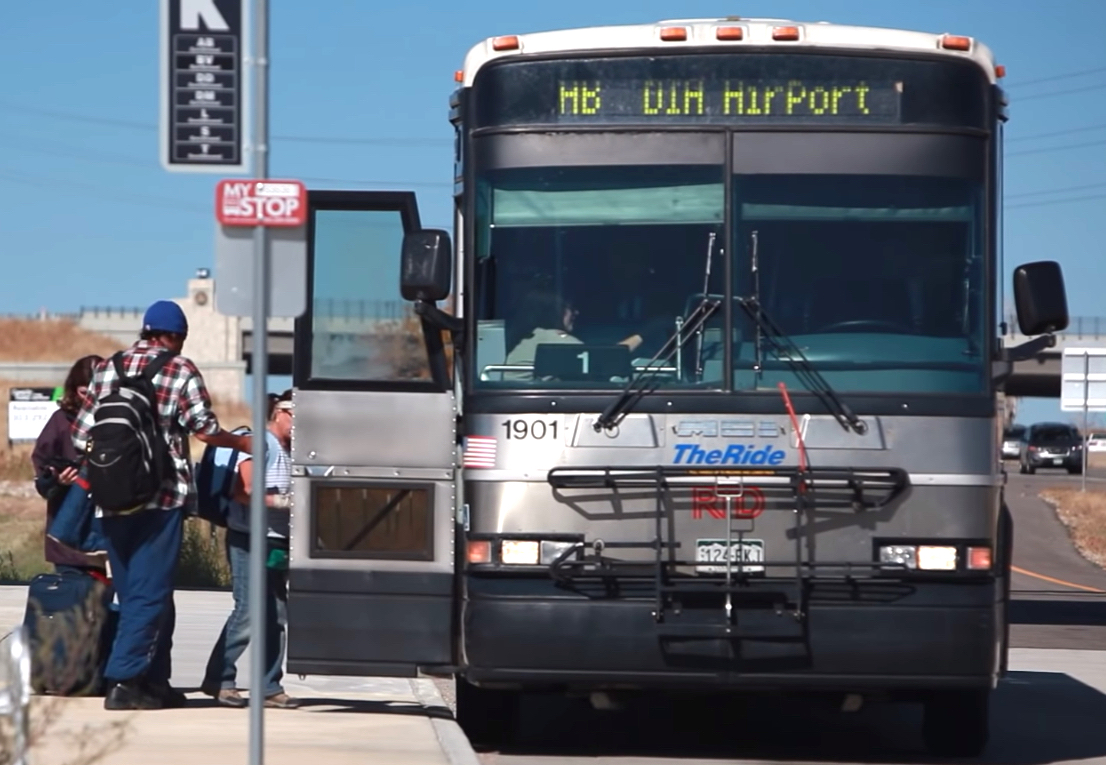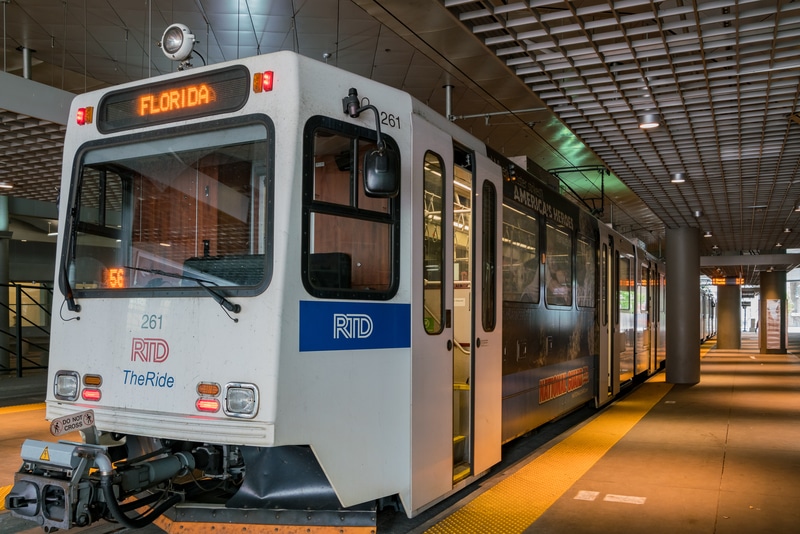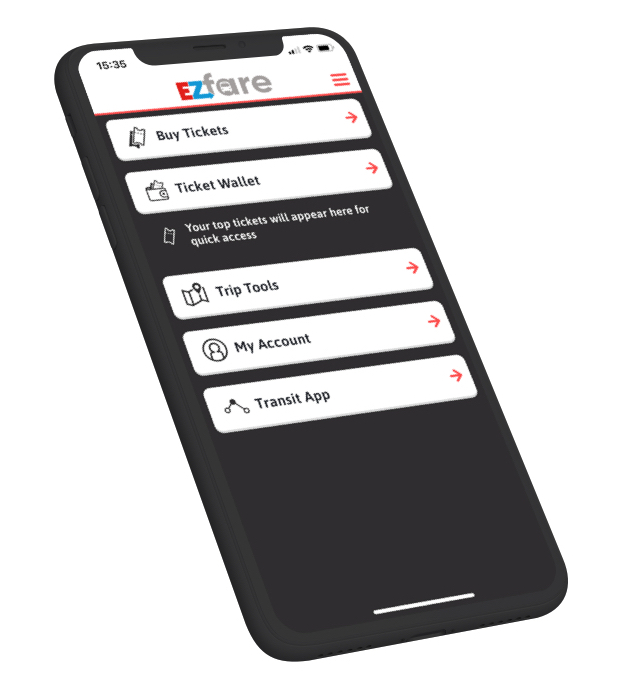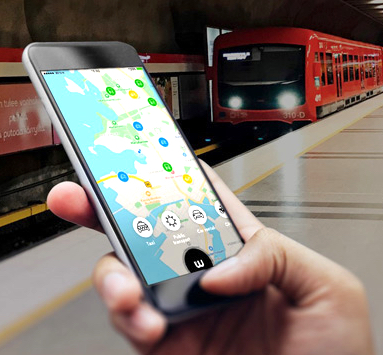
Article Highlights
Trip-planning apps are increasingly interested in enabling ticketing and payments from their apps, but some of the first agencies that have participated show riders still prefer the agency’s local ticketing apps.
Chart: RTD Denver’s mobile-ticketing sales.
The Regional Transportation District of Denver was the first transit agency to work with Uber to sell its bus and light rail tickets through the Uber app in the spring of 2019. RTD later that year expanded the service to trip-planning app Transit and then last fall to the app for another ride-hailing service, Lyft.





















